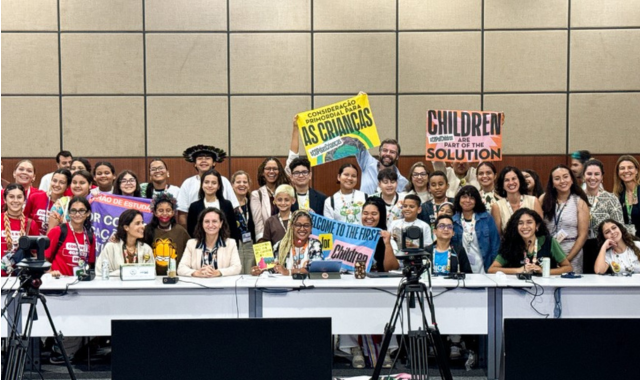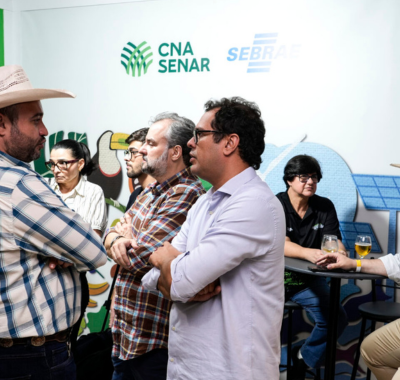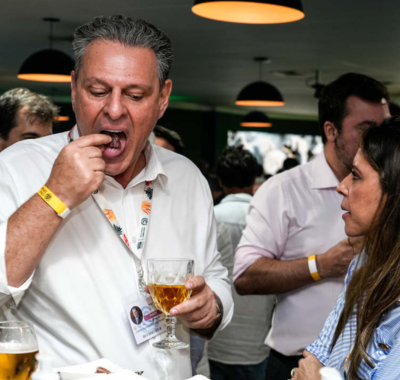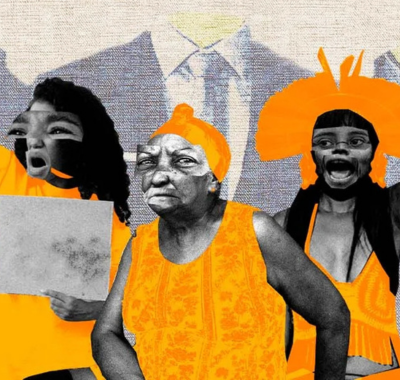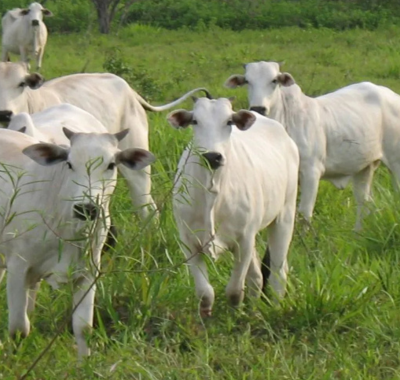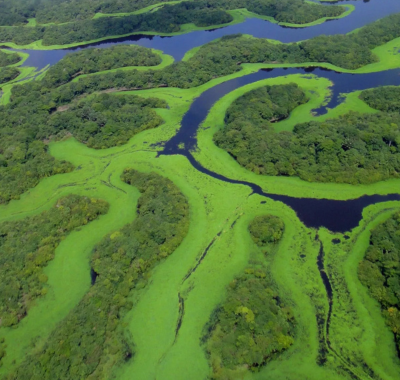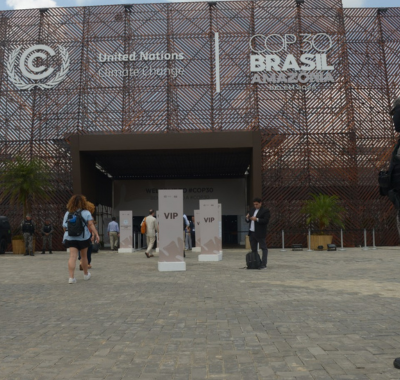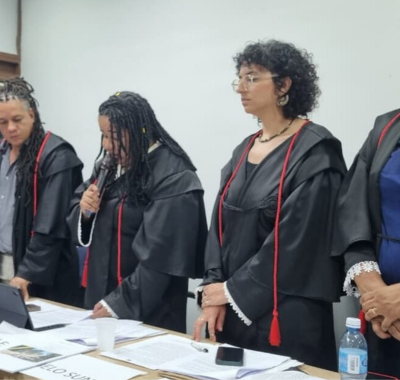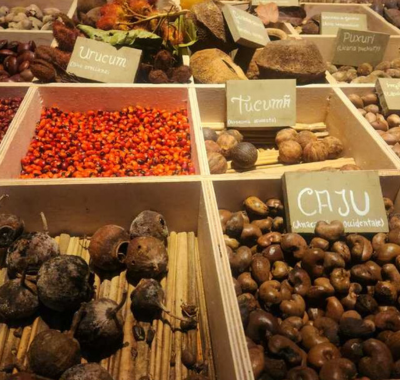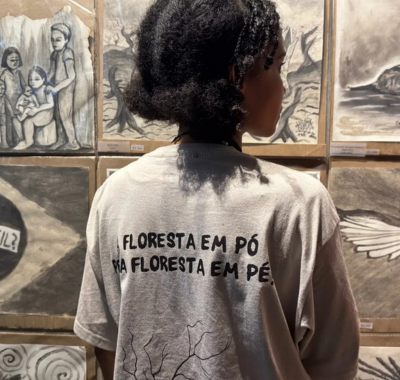Hit hardest by climate change, children lead dialogue at COP30
Over 30 children sat at the table with five adults in Belém to discuss climate change and to ask and answer questions about what is at stake right now – the future of the planet.
Text by Laura Guido. Edited by Carla Fischer. Reviewed by Samantha Mendes.
Translated by Roberto Cataldo/Verso Tradutores
Children – whose contribution to the climate crisis is small but are hit hardest by its impacts – took the leading role in a round table discussion with five adult women at COP30 – an activity promoted by the Alana Institute. The meeting stressed the importance of making sure that children’s voices have their space in environmental discussions.
The urgency of this inclusion is evident in data from the Science for Childhood Center (Núcleo Ciência Pela Infância, NCPI), which indicates that children born in 2020 will face seven times more heat waves than those born in the 1960s. Therefore, their participation in decision-making is essential to guide policies that ensure a safer future.
Three children representing the Manchineri, Sateré-Mawé, and Baré Indigenous Peoples – Luna Manchineri, Yará Sateré-Mawé, and Vicente Baré – presented a manifesto on the realities of their territories and acknowledged that being at COP30 is an opportunity to make a contribution “while there is still time.” “We Indigenous peoples are the ones who preserve nature the most,” Vicente Baré stated.
In Belém, teenagers present a sustainable solution to reduce classroom heat
Among the young people present at COP30 were students Dyéllem Gomes and André Acácio from Belém’s Salesian State Vocational School. They participated in the debate by presenting the Thermal Control Plates Project, created in September 2024, which reuses irregularly discarded açaí pits to combat classroom heat.
The initiative turns the pits into a plate that is able to regulate – cold or hot – ambient temperatures without the need for energy or external adjustments. The process involves collecting the pits, grinding them in the school’s industrial equipment, mixing them with a binder, molding them in trays, and air-drying them for about two days.
Thanks to the project, the youth reached the institutional space of the United Nations Framework Convention on Climate Change (UNFCCC), with support from the Alana Institute. For Dyéllem Gomes, occupying this type of space expands the initiative’s reach. “It’s important for our project to gain more visibility and be rolled out in other schools because it can improve the quality of students’ presence in the classroom,” she says.
André Acácio, 17, emphasized that participating in political, climate, and economic discussions strengthens critical thinking and broadens listening skills. “It shows the importance of world leaders listening to children, teenagers, people from the underprivileged outskirts, and those who face the climate changes they discuss every day without experiencing them in practice,” he says, recalling the heat they face every day.
During the meeting, the teenagers also highlighted essential statements such as the manifesto of Amazon children and the testimony of João do Clima, a young man from Outeiro Island who has given visibility to the demands of his community: “We live here, we need respect and more public policies,” they say, echoing their colleague’s words.
The intergenerational dialogue brought together children, teenagers, and leaders of the climate agenda. According to Letícia Carvalho, head of international affairs at the Alana Institute, the idea was to stress that, while children are hit hardest by the climate crisis, they are also agents of change. “Children are deeply impacted, but they must take part in these discussions,” she explains.
She also recalls that children’s rights need to be given absolute priority – a principle recognized by the UN Convention on the Rights of the Child. “Climate solutions need to be more beneficial and creative – not only to be made by children, but made for them as well,” she concludes.
LEGACY
“Our main goal is for COP30 to leave a legacy, to be remembered as the COP of children and inspire future editions to ensure meaningful, safe and appropriate participation of girls and boys in the coming years,” Carvalho says.
She acknowledges the progress represented by the Brazilian presidency in incorporating children at the center of the debate but points out that responsibility must be shared globally. Following the launch of the Global Declaration on Children, Intergenerational Equity and Climate Action, a new challenge arises: “Now we want to see other countries and future COP presidencies also signing this commitment by adults towards children,” she concludes.
This report was produced by Amazônia Vox, through the Collaborative Socio-environmental Coverage of COP 30. Read the original report at: https://www.amazoniavox.com/noticias/view/518/criancas_lideram_dialogo_climatico_na_cop30

